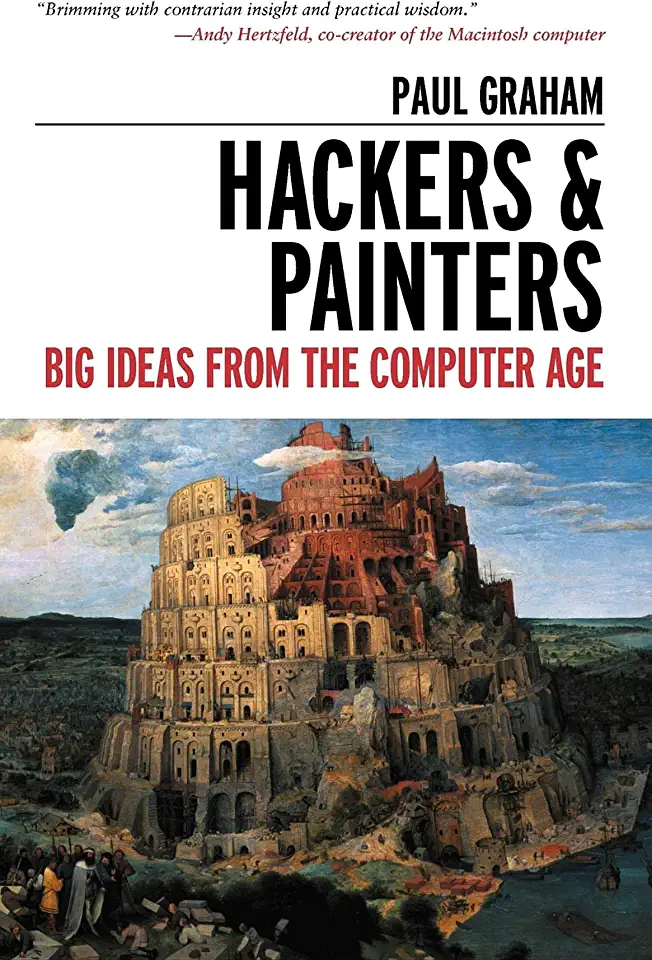
Hackers and Painters, Paul Graham
Hackers and Painters: Big Ideas from the Computer Age
In his thought-provoking book, "Hackers and Painters," Paul Graham explores the intersection of technology and creativity, drawing parallels between the worlds of computer programming and art. Graham argues that both hackers and painters are engaged in a creative process, and that the same principles of innovation and problem-solving apply to both disciplines.
A New Way of Thinking
Graham begins by introducing the concept of "hacking," which he defines as "building something that works, even if it's not perfect." He contrasts this with the traditional approach to problem-solving, which emphasizes planning and perfection. Graham argues that hacking is a more effective way to innovate, as it allows for rapid experimentation and iteration.
The Hacker Ethos
Graham goes on to describe the "hacker ethos," which he characterizes as a set of values and beliefs shared by many programmers. These values include a love of problem-solving, a willingness to experiment, and a belief in the power of collaboration. Graham argues that the hacker ethos is essential for fostering innovation in any field.
The Art of Programming
Graham then draws parallels between the art of programming and the art of painting. He argues that both activities require a combination of technical skill and creative vision. He also discusses the importance of taste in both programming and art, and how it can be developed through experience and exposure to great works.
The Future of Technology
Graham concludes by speculating on the future of technology and its impact on society. He argues that the hacker ethos will continue to be a driving force behind innovation, and that technology will play an increasingly important role in our lives. He also warns of the potential dangers of technology, and calls for a responsible approach to its development.
Why You Should Read This Book
"Hackers and Painters" is a must-read for anyone interested in technology, creativity, or the future of our society. Graham's insights are both thought-provoking and inspiring, and his writing is clear and engaging. This book will challenge your assumptions about technology and creativity, and leave you with a new appreciation for both.
Key Takeaways
- Hacking is a creative process that involves building something that works, even if it's not perfect.
- The hacker ethos emphasizes problem-solving, experimentation, and collaboration.
- Programming and art are both creative activities that require technical skill and creative vision.
- Taste is important in both programming and art, and it can be developed through experience and exposure to great works.
- Technology will continue to play an increasingly important role in our lives, and we must approach its development responsibly.
Enjoyed the summary? Discover all the details and take your reading to the next level — [click here to view the book on Amazon!]